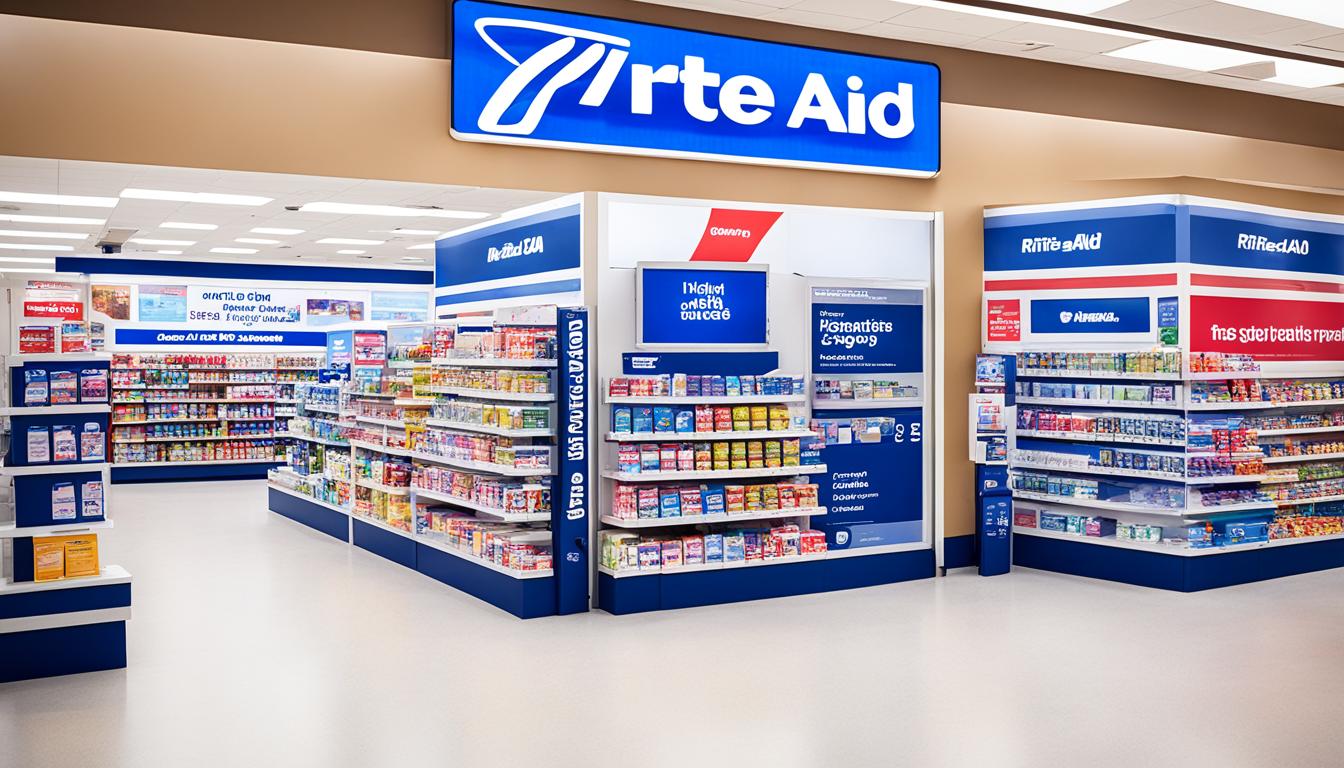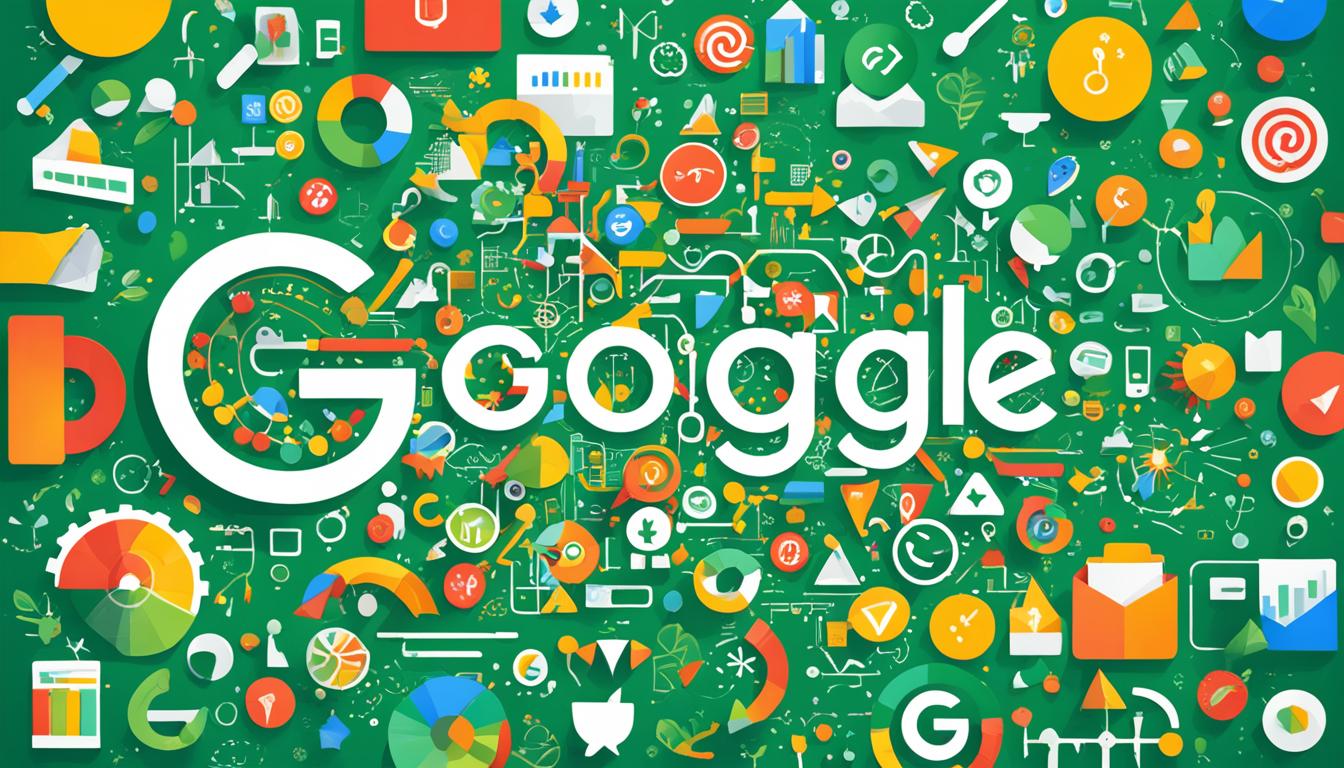Employee rewards and corporate incentives are crucial for maintaining a motivated and engaged workforce. By acknowledging the hard work and dedication of employees, companies can foster a positive work culture and boost productivity. In this blog, we will explore innovative ways to reward employees with corporate incentives, encompassing both monetary and non-monetary rewards, social incentives, personalized incentives, work-life balance incentives, health and wellness incentives, and technology-based incentives.
Monetary Incentives
Monetary incentives play an essential role in employee motivation and satisfaction. From performance bonuses to profit-sharing, these rewards can significantly impact employee morale and retention. To address retention challenges, it’s important to understand what is attrition rate—the rate at which employees leave a company over a specific period. High attrition rates can hinder workforce stability, but monetary incentives such as salary increments, stock options, or commission-based rewards help recognize outstanding performance and encourage employees to stay engaged and committed.
- Performance bonuses: A financial reward given to employees for achieving specific targets or surpassing expectations.
- Profit-sharing: Involving employees in the company’s financial success by distributing a portion of the profits based on predefined criteria.
- Salary increments: Annual or periodic increases in compensation to acknowledge and retain valuable talent.
- Stock options: Providing employees with the opportunity to purchase company shares at a discounted price, aligning their interests with the company’s performance.
- Commission-based rewards: Incentivizing sales and business development teams with a percentage-based commission on successful deals.
Non-Monetary Incentives
Beyond monetary rewards, non-monetary incentives can have a profound impact on employee motivation and satisfaction. These incentives focus on recognizing and appreciating employees through means other than financial compensation. Examples include public recognition, career development opportunities, flexible work arrangements, and extra time off to recharge.
- Public recognition programs: Acknowledging and celebrating employee achievements through an employee of the month awards, shout-outs during team meetings, or internal newsletters.
- Career development opportunities: Offering employees the chance to attend industry conferences, enroll in skill-building workshops, or participate in mentorship programs to foster professional growth.
- Flexible work arrangements: Allowing employees to have control over their work schedules, including remote work options or flexible hours.
- Extra time off: Providing additional vacation days, extended weekends, or sabbaticals to encourage work-life balance and rejuvenation.
- Employee perks and discounts: Offering exclusive benefits such as gym memberships, discounted services, or access to company products.
Social Incentives
Social incentives play a vital role in fostering a sense of belonging and camaraderie within the workforce. When employees feel connected and valued within their social environment, it positively impacts their overall job satisfaction and well-being. One innovative way to enhance social incentives such as the Bathurst 10, is to promote teamwork and collaboration outside the traditional work setting.
- Team-building activities: Organizing off-site retreats, volunteer events, or team challenges to strengthen employee relationships and encourage teamwork.
- Employee engagement committees: Establish committees or groups to plan social events, celebrate milestones, and ensure open communication within the organization.
- Mentorship programs: Pairing junior employees with experienced mentors to facilitate knowledge-sharing and professional development.
- Social impact initiatives: Supporting and encouraging employees to participate in charitable activities, community service projects, or sustainability initiatives.
- Flexible social gatherings: Encouraging informal social gatherings such as after-work happy hours, game nights, or wellness workshops to promote a positive social atmosphere.
Personalized Incentives
Recognizing individual preferences and interests can make employee rewards more meaningful and impactful. Personalized incentives involve tailoring rewards to match the unique motivations and aspirations of each employee, creating a sense of appreciation and acknowledgment.
- Customized learning paths: Creating personalized development plans for each employee based on their career goals, skill set, and areas of interest.
- Tailored rewards catalog: Providing a diverse selection of rewards such as travel vouchers, experience-based gifts, or personalized merchandise options.
- Professional growth allowances: Allowing employees to allocate funds toward courses, certifications, or activities that align with their professional growth.
- Personal milestone celebrations: Acknowledging significant life events or personal achievements of employees with personalized gifts, cards, or recognition ceremonies.
- Individualized wellness programs: Offering personalized wellness assessments, coaching sessions, or fitness memberships tailored to each employee’s health objectives.
Work-Life Balance Incentives
Maintaining a healthy work-life balance is crucial for employee well-being and overall job satisfaction. Forward-thinking companies are embracing work-life balance incentives to support their employees’ personal lives while enhancing their productivity and commitment to the organization.
Work-life balance incentives aim to provide employees with flexibility, time off, and resources to manage their personal and professional obligations effectively.
Health and Wellness Incentives
Employee well-being is a cornerstone of a productive and engaged workforce. Health and wellness incentives encompass programs and benefits focused on promoting physical, mental, and emotional well-being among employees.
Technology-based Incentives
Leveraging technology-based incentives can enhance employee experience, streamline processes, and foster a more efficient and connected work environment.

Conclusion
In conclusion, by implementing a well-rounded approach to corporate incentives, companies can build a positive, engaging, and highly motivated workforce. By blending monetary and non-monetary rewards, social incentives, personalized incentives, work-life balance incentives, health and wellness incentives, and technology-based incentives, companies can cultivate an environment where employees feel appreciated, motivated, and eager to contribute to the company’s success.
Innovative employee rewards and corporate incentives are not just a means of recognition, but a strategic investment in the long-term success and sustainability of the organization. Prioritizing the well-being and satisfaction of employees through innovative incentive programs can ultimately lead to higher employee retention, increased productivity, and a more positive workplace culture.







